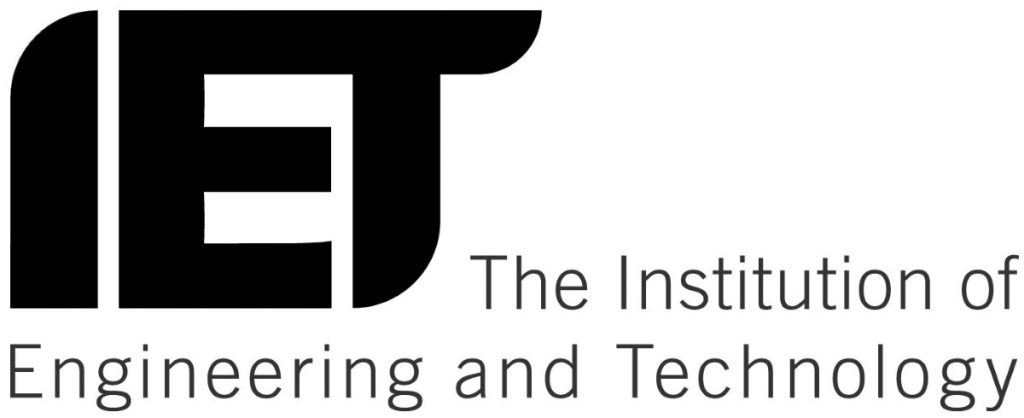Ambitious One North transport plan highlights growing need for engineers
One North’s £15bn plan to improve transport, developed by Leeds, Liverpool, Manchester, Newcastle and Sheffield, highlights the growing demand for engineers, and the urgent need to ensure a pipeline of future engineering talent.
Sahar Danesh from the Institution of Engineering and Technology (IET) said: “The One North report is a very positive step forward as it proposes a number of transport projects which would undoubtedly bring strong economic benefit to the North.
“But it’s worth highlighting that these projects rely on the skills of engineers to deliver them on time and on budget. Currently, demand for engineers remains high in the UK but companies are finding it increasingly difficult to recruit the people they need. This is only going to get worse as major projects such as the One North plan move a step closer to reality. So attracting more engineers with the right skills is an absolute priority.
“Another factor crucial to the success of this plan is making sure that individual transport projects are not developed in isolation. The plan makes a strong case for an integrated transport system for the North, but when it comes to implementation of the individual projects, we must continue to look at our transport network as a whole – and on how it will impact both northern cities and the rest of the UK.”
By 2030, the report proposes: a new tunnelled trans-Pennine route at 125mph; a faster link to Newcastle and Manchester airports and improving regional rail networks to allow additional capacity and electrification of existing lines.
Notes to editors:
§ Interview opportunities are available with IET spokespeople from a broad range of engineering and technology disciplines including cyber-security, energy, engineering skills, innovation, manufacturing, technology, transport and women in engineering.
§ The IET is one of the world’s largest engineering institutions with nearly 160,000 members in 127 countries. It is also the most multi-disciplinary – to reflect the increasingly diverse nature of engineering in the 21st century. Energy, transport, manufacturing, information and communications, and the built environment: the IET covers them all.
§ The IET is working to engineer a better world by inspiring, informing and influencing our members, engineers and technicians, and all those who are touched by, or touch, the work of engineers.
§ We want to build the profile of engineering and change outdated perceptions about engineering in order to tackle the skills gap. This includes encouraging more women to become engineers and growing the number of engineering apprentices.
§ For more information, visit www.theiet.org





-01.png)